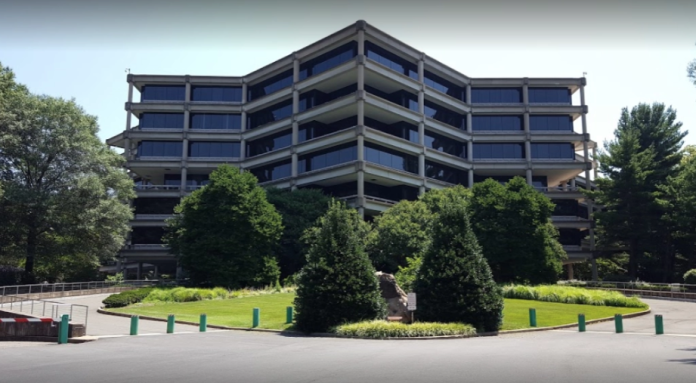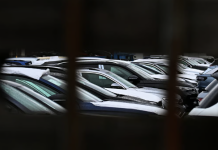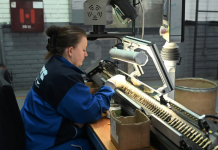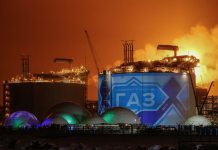A 3.7 magnitude earthquake shook the San Francisco Bay Area on Friday at 7:02 a.m., according to the U.S. Geological Survey (USGS).
The USGS reported that a 2.5 magnitude aftershock along the San Andreas fault followed at 9:39 a.m. before a 3.0 occurred at 10:48 a.m., with no reported injuries or damage.
“You are more prepared than you think you are—just take a few minutes to gather supplies and make a plan with your people,” the department said.
“As we monitor the impact, I am working with our first responders to ensure we are using best practices to keep our city safe in the event of a natural disaster,” he said.
Lurie said that steps are being taken to ensure that the city government is prepared for “whatever comes our way.”
According to the San Francisco Public Utilities Commission, it’s important to have a communication plan with family and friends when preparing for an earthquake.
The commission also said it’s important to have an emergency kit that contains water, non-perishable food, a flashlight, a first-aid kit, cash, a battery-powered radio, batteries, and any needed prescription medication.
“Store enough water for you and your family to last for 3 to 5 days,” the commission said. “Each family member needs one gallon of water per day, and don’t forget your pets.”
The commission reported that in April 1906, the city was hit by a 7.9-magnitude earthquake that destroyed more than 28,000 buildings over four square miles.
“It devastated San Francisco,” the commission said. “It triggered a massive fire fueled by collapsing structures and exacerbated by the failure of the water system. For three days, flames ravaged the City, and while it has been estimated that 3,000 people died, the actual death toll may never be known.”
To prepare for future earthquakes, the city saw the need for a more reliable water supply system for firefighting, given that the former system failed.
The city built the Emergency Fire Fighting Water System in 1913 for $5.2 million. It consists of a 135-mile pipeline, a high-elevation reservoir, two water tanks, two pumping stations, fire boats, and underground water storage tanks.
The commission said the system relies on water from the Bay and can deliver it at high pressure.
In 2011, the commission began overseeing the water system to make “long-lasting seismic and operational improvements” that would strengthen the city in the face of future natural disasters.
Currently, Los Angeles city and state leadership is being criticized for its response to the Los Angeles fires that are engulfing the region.
Over 5,000 homes have burned, and at least 10 people have died while the city’s water system has failed to provide adequate water pressure to fight the fires.
Gov. Gavin Newsom ordered an investigation into the water system on Friday.






















